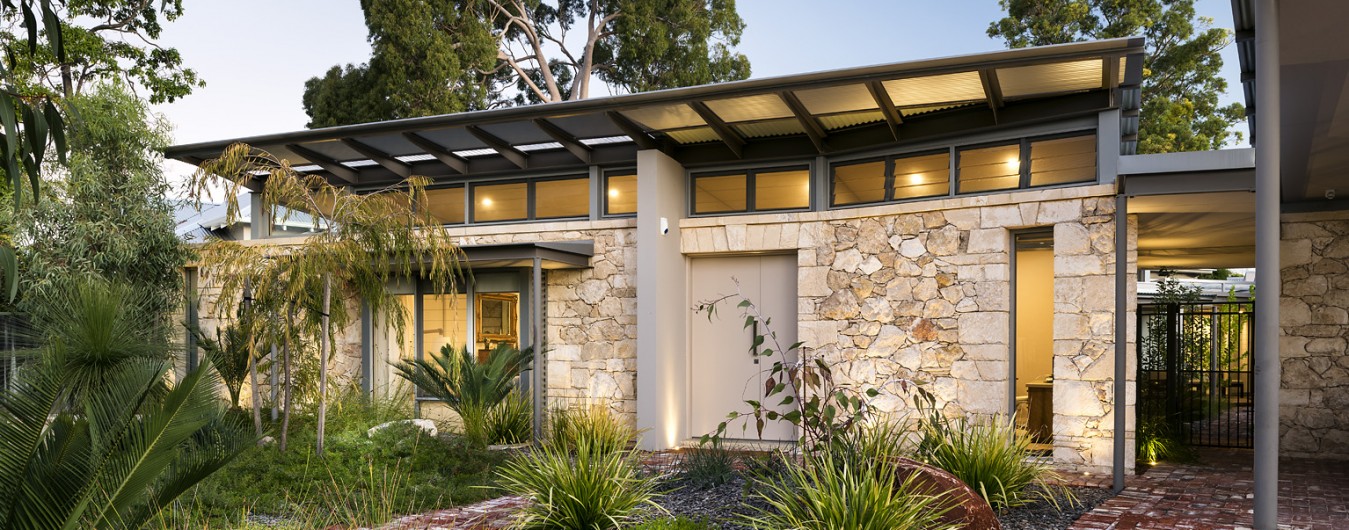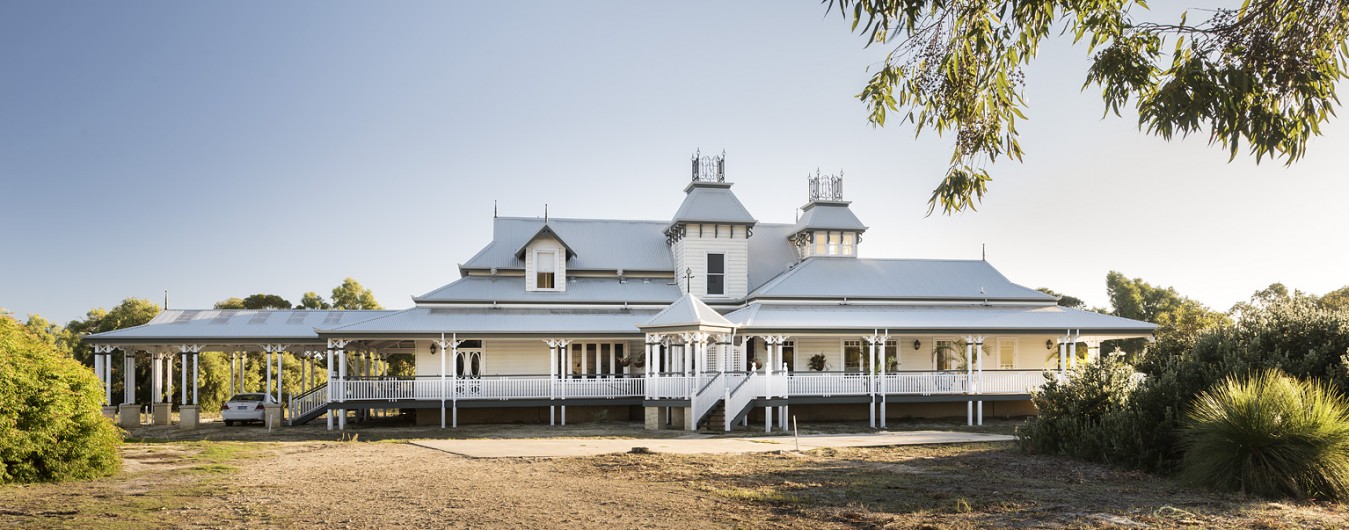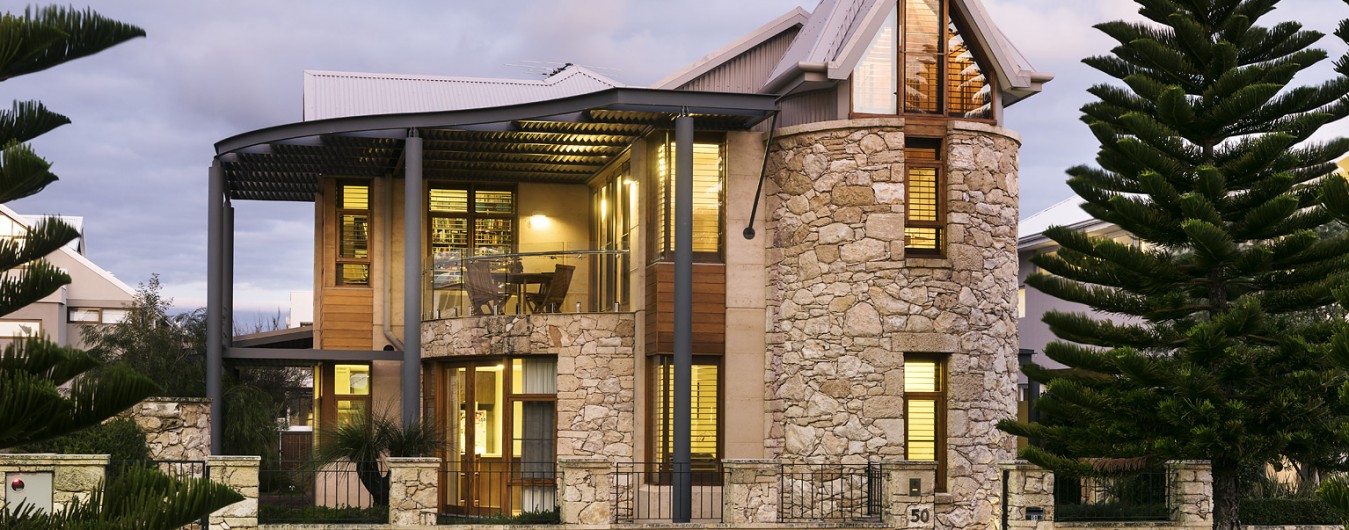The State of Greenness in Melbourne, Australia: Part 3
February 22nd to Feb 26th, 2010
Green Cities and Universities Report: Part 3
by Garry Baverstock AM, Adjunct Professor, Murdoch University, Western Australia
Low Cost/ High Impact Solutions
I was impressed with the ANU program; led by Beth Mitchell, that engaged students in the implementation to same water wastage, waste minimization and reduction of energy use in the campus. This low-tech, low cost, economically viable approach will achieve more off the bottom line than the university going on the rampage developing a whole raft of green buildings around Australia, while demolishing old assets and not adapting them. The total ecological approach really has been a great strength of Murdoch University over many years, due mainly to economic necessity. It is strength, especially when current capital injections by the Federal government slow down. There is not a lot of money in green low-tech initiatives for the administration or the university economy as a whole. However such initiatives can a huge impact on our students and their integration into a real world and real jobs. One just has to look at the career of ABC celebrity Josh Byrne, an ETC product and how his career has blossom as a direct result of his hands on education at Murdoch. When “life after stimulus packages” occurs in Australia and the realities facing our economy crystallize out, there may impact on university managerial thinking in relation to infrastructure/building assets and the balance of expenditure on course development and practical research programs.
One of the key aspects of the conference that was mainly attended by administrators was the lack of cohesion between many administrators and academics. I was asked a question along those lines at my presentation. I basically pointed out that there was a large communication problem from my experience. The administrators should be more engaging with the academics that often have huge teaching, marking, tutoring and their own administrative burdens. The responsibility surely falls on the shoulders of the administrators, as they are the managers. A good manager not only manages the macro issues, but also sees it through somehow in a day-to-day situation. God is in the detail as they say. There must be a spirit of teamwork created and a sound level of trust between the two camps. The administrators must be capable of being good coaches and build respect from their academics. Often academics are on the brink of burn out due to the nature of their work and this must be a large concern for a good manager. While each party stayed in their own bunkers nobody was winning. Healthy linkage between camps is imperative as is the linkage to outside businesses and professionals. This is another important ingredient for the viability or sustainability of universities. I recount the Thomas Edison example given earlier. Universities need to tap in and help such people who through enterprise and genius can transform the world dramatically often with a single breakthrough. The reality is that they do not wait for universities to come up with the solutions, but could include them in the process if University administrators are prudent and creative enough to see it and use their time wisely to establish prudent linkages with such people.
Green Building Council Impacts
The Green Building Council of Australia tour as part of the Green Cities conference program was very well organized and presented. I went on the Dockland tour and it is obvious that the GBCA is making a difference with building developers and architects. I fully support this independent approach. It is healthy and cannot be hijacked by governments or any particular industry. My biggest fear is that eventually governments will attempt to control this as Greenstar approach as it is brought into the compliance system.
This will not be healthy and will impose a huge financial burden on the building industry if operated and policed by the bureaucracy. Eventually it will lead to corruption of the process and innovation as industry lobby groups through the political process hijack the agenda to advantage their vested interest. Professionals in the industry must keep a watchful eye on this danger to the system and support the organization and get involved to keep it a balanced ownership of all stakeholders and keep the focus on the public interest.
Having said all that, there is no improvement that will need to be made in serving the public interest first and the development industry in accordance with that mandate, we need to bench mark all greenhouse targets and quoting of emissions performances with a base line performance with 1990 energy and water use figures. This base line should be the averaged performance per square metre/annum for that year. If the performance percentages quoted as part of the GreenStar rating is related to a comparison with the worst practice for that building type then we are going to be sailing blind in assessing our progress in abating Climate Change. I will need to check this out more closely sometime with the technical people at the GBCA to clarify the basis for benchmarking the greenhouse emissions and energy savings figures quoted as part of the ratings.










